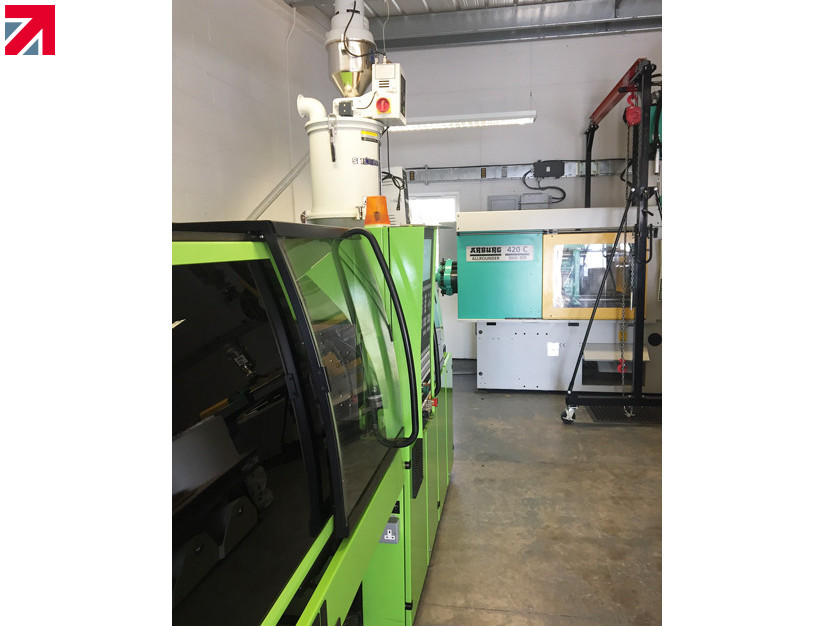Mould tool options which give flexibility for time versus cost......
Introduction
When we talk about injection mould tooling, the big perceived barriers are usually cost, closely followed by lead time. If the part quantities are low, then the amortised effect of the tooling is substantial. Thus, to use injection moulding as a process, and to apply it to low volumes of parts, requires a different approach.
This is how we do it at Plunkett Associates:
Development Tooling
Prototype or development tooling is all about speed and how quickly moulded parts can be made available. In this scenario the toolmaker may employ a number of time saving options, for example the use of standardised bolsters, minimal cooling, or loose inserts. Textures may well be omitted, blanket tolerances applied, part marking ignored, recycling codes omitted etc. Whilst this may sound drastic, remember these are prototype parts and as such may have a short life.
Production Tooling
Production tooling on the other hand, is designed from the outset with a different driver, i.e., low cycle time. It is all about producing as many parts in the shortest mould press cycle as possible. That's because press time reflects on piece part price and hence final product price. All marking will have to conform to various standards, inserts will be automated and fitted with wear plates for maintenance and cooling optimised from a stability/cycle time perspective. Parts will be moulded in tens of thousands upwards.
Low Volume Production Tooling
Low Volume Production (LVP) tooling is a hybrid of both techniques and the exact configuration will be customised to the client/geometry/requirement.
Frequently, production quantities will be between hundreds and low thousands per annum. Cooling is thus about part stability and repeatability rather than cycle time.
Similarly lose inserts may still be a viable proposition especially if threaded inserts are also being utilised.
Standard bolsters (where the bolster remains the property of the toolmaker and the client only buys the inserts/ejector system) can be used. The client is the deciding factor. Where there is a requirement to be able to move the tools between moulders then this is not an ideal solution due to the need for a new bolster set to be created. However, time and cost can be saved if this flexibility can be waived or deferred. In both cases the client owns the insert assembly.
As these are production parts, textures are usually a requirement albeit that they are often applied by blasting as opposed to EDM or chemical etching.
Part identification, recycling codes and date clocks can all be included if required.
Tool material is a function of quantity and material being moulded. Aluminium, so long as it is a suitable toolmaking grade, offers lowers costs, faster machining, and the ability to mould tens of thousands of parts if required. For this reason, it is frequently the material of choice for these applications.
As stated at the outset, these tools are hybrids, or customised to strip out unnecessary cost and lead time. Depending on what can be agreed, costs can be saved, and the economics of small volumes improved, making injection moulding viable at surprising small quantities.
The result is a mould tool that reflects the requirement and opens up an exciting option to produce high quality, yet low volume components.
Find out more about Plunkett Associates on their member profile page here
Member-created content 3 years ago | From members

